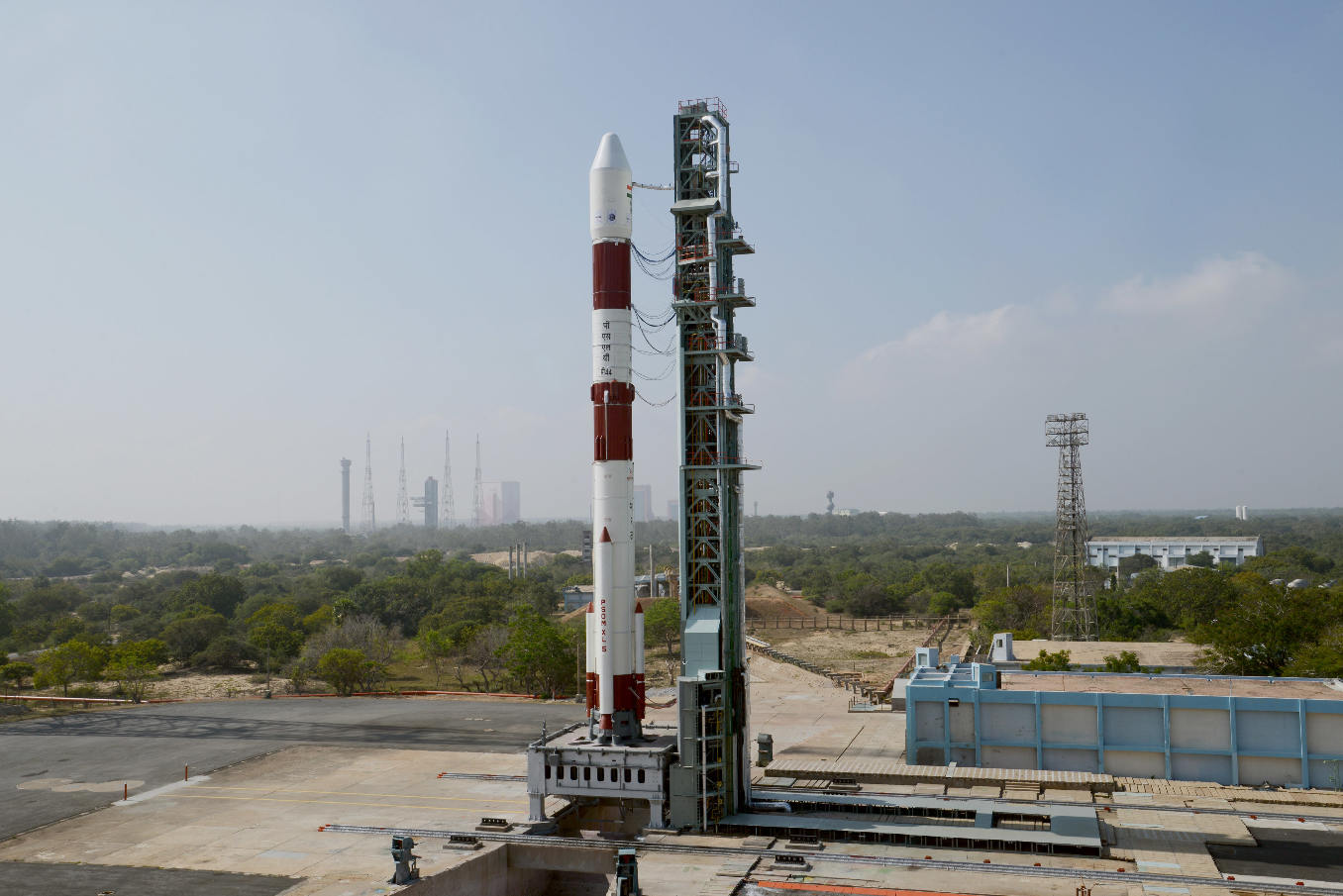On 27th March, India became the fourth nation in the world possessing the capability to destroy a satellite in orbit.
On the morning of 27th March, Prime Minister Narendra Modi made a surprise appearance on TV to announce that India had tested its first anti-satellite (ASAT) missile, successfully destroying one of its own satellites in low Earth orbit.
Modi declared on his Twitter account: “In the journey of every nation there are moments that bring utmost pride and have a historic impact on generations to come. One such moment is today.” Coincidentally or otherwise, the announcement comes just two weeks before voting gets under way in India's 2019 general election.
India thus becomes a member of an exclusive club which until had been restricted to the U.S. (since 1959), Russia (1985) and China (2007) — the only countries to possess this capability.
The operation, dubbed Mission Shakti (“power” or “force” in Sanskrit), lasted just three minutes. The missile was launched from a Defence Research and Development Organisation (DRDO) test centre on the Dr AP J Abdul Kalam Island around 10km off the West coast of India in the Bay of Bengal.
Tracking data from range sensors confirmed that the interceptor — a three-stage missile with two solid rocket boosters operating in hit-to-kill mode — met all its objectives.
According to specialists who track objects in orbit, the target could have been the Microsat-R Earth observation satellite. Microsat-R (weighing 740kg at lift-off) was placed into a 269 x 289km orbit by a new variant of India's Polar Satellite Launch Vehicle (PSLV) on 24th January.

